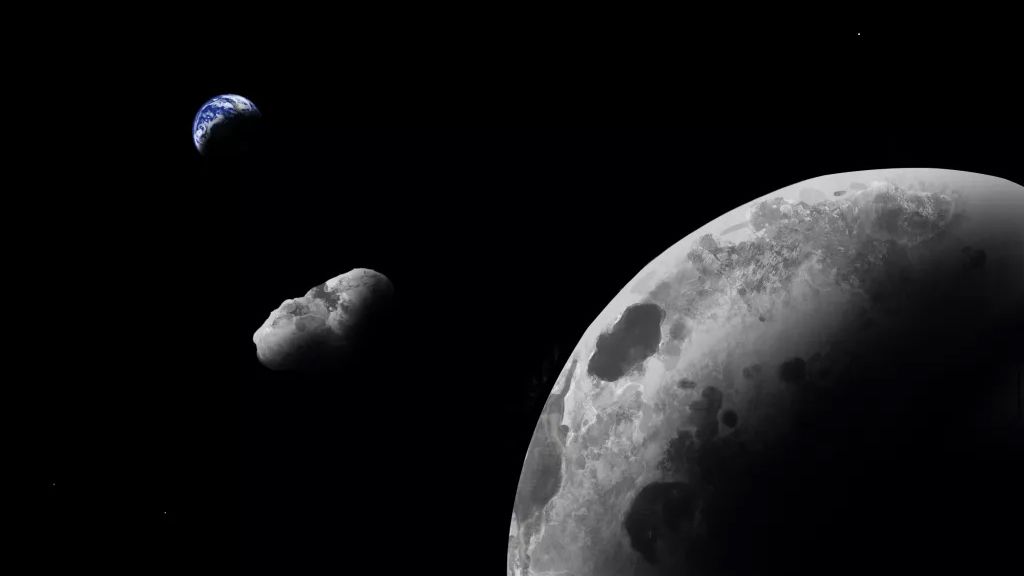
Astronomers discover a small chunk of the moon tracking Earth’s orbit around the sun. Here’s what researchers know about the moon chunk so far.
What’s tracking Earth’s orbit?
The fact that a small chunk of the moon was tracking the Earth’s orbit was relatively unknown. The ‘asteroid’ was discovered in 2016 and named Kamooalewa. However, new observations reveal that it is in reality a small fragment of the moon, thrown into space as a result of a collision that occurred several years ago. Kamooalewa is a quasi-satellite of the Earth and is a type of asteroid that orbits the sun. Moreover, it has been staying relatively close to Earth, at a distance of 9m miles.
What is the moon chunk?

Kamooalewa is about the size of a Ferris wheel. Although it is around 4m times fainter than the faintest star we know. But, it is still easy to spot with the naked eye. However, to make a clear observation, powerful telescopes are vital. They also used a large binocular telescope in Southern Arizona’s Mount Graham to identify it. The study is published in Nature Communications Earth and Environment journal. “It is very unlikely that a garden-variety near-Earth asteroid would spontaneously move into a quasi-satellite orbit like Kamooalewa’s,” said Renu Malhotra. Malhotra is a co-author of the study and a professor of planetary sciences at the University of Arizona.
According to astronomers, the spectrum of reflected light from the Kamooalewa, the moon chunk, matches with the lunar rocks obtained from NASA‘s Apollo missions. Hence, astronomers are sure that Kamooalewa was once part of our moon. “This spectrum is indicative of a silicate-based composition, but with reddening beyond what is typically seen amongst asteroids in the inner solar system. We compare the spectrum to those of several material analogs and conclude that the best match is with lunar-like silicates. This interpretation implies extensive space weathering and raises the prospect that Kamo’oalewa could comprise lunar material,” they reported.
